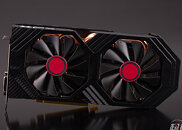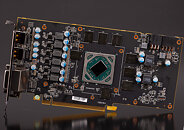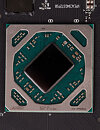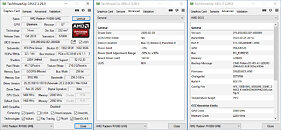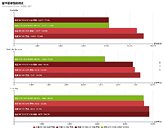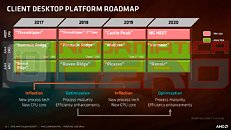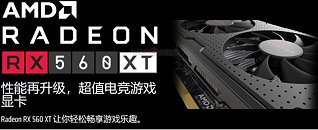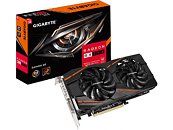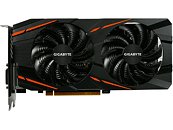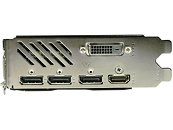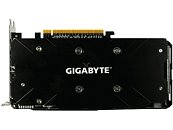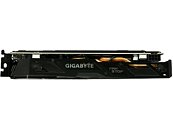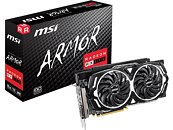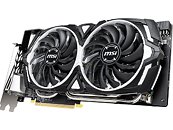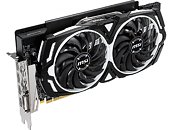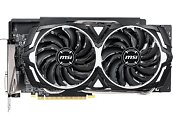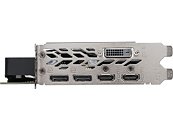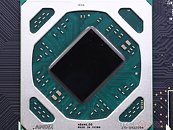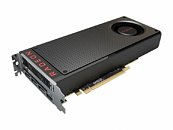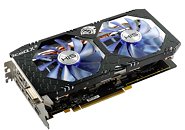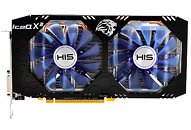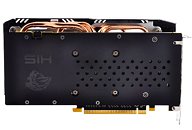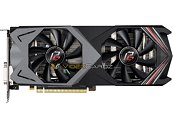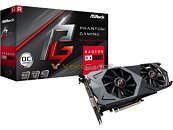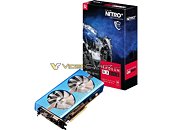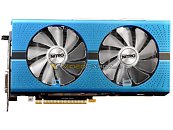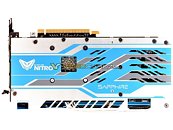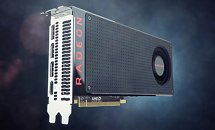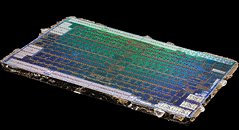
AMD Radeon RX 590 GME is a Dressed Up RX 580: No more 12nm, Lower Performance
When AMD pushed out the Radeon RX 590 in late-2018, its key spec was that the "Polaris 20" die had been ported to GlobalFoundries 12LPP (12 nm) silicon fabrication node, yielding headroom to dial up clock speeds over the 14 nm RX 580. The underlying silicon was labeled "Polaris 30" as it was the second major version of the "Polaris 10" die. NVIDIA's GeForce GTX 16-series beat the RX 590 both in performance and price, with even the GTX 1650 Super performing on-par, and the GTX 1660 beating it. It turns out that AMD has a lot of unsold 14 nm "Polaris 20" inventory to go around, and it wants to release them out as the new RX 590 GME.
An Expreview review of an XFX-branded RX 590 GME confirms that the the chip is indeed based on the "Polaris 20 XTR" silicon which is built on the 14 nm process. The card has GPU clock speeds that appear similar to reference clock speeds of the RX 590, with 1460 MHz base compared to 1469 MHz of the original RX 590. But this is where the similarities end. In its testing, Expreview found that the RX 590 GME is on average 5% slower than the RX 590, and performs halfway between the RX 580 and the original RX 590, which are differentiated by a roughly 10% performance gap. The 5% performance deficit would put the RX 590 GME on par with the new RX 5500 XT 4 GB, and trading blows with the GTX 1650 Super. Thankfully, the RX 590 GME is priced lower than RX 590 cards (about 7.7% cheaper), and could be very region-specific. The fact that the RX 590 GME is being sold with full AIB partner branding and retail packaging, shows that this isn't an OEM-only product. Read the complete review in the source link below.
An Expreview review of an XFX-branded RX 590 GME confirms that the the chip is indeed based on the "Polaris 20 XTR" silicon which is built on the 14 nm process. The card has GPU clock speeds that appear similar to reference clock speeds of the RX 590, with 1460 MHz base compared to 1469 MHz of the original RX 590. But this is where the similarities end. In its testing, Expreview found that the RX 590 GME is on average 5% slower than the RX 590, and performs halfway between the RX 580 and the original RX 590, which are differentiated by a roughly 10% performance gap. The 5% performance deficit would put the RX 590 GME on par with the new RX 5500 XT 4 GB, and trading blows with the GTX 1650 Super. Thankfully, the RX 590 GME is priced lower than RX 590 cards (about 7.7% cheaper), and could be very region-specific. The fact that the RX 590 GME is being sold with full AIB partner branding and retail packaging, shows that this isn't an OEM-only product. Read the complete review in the source link below.
